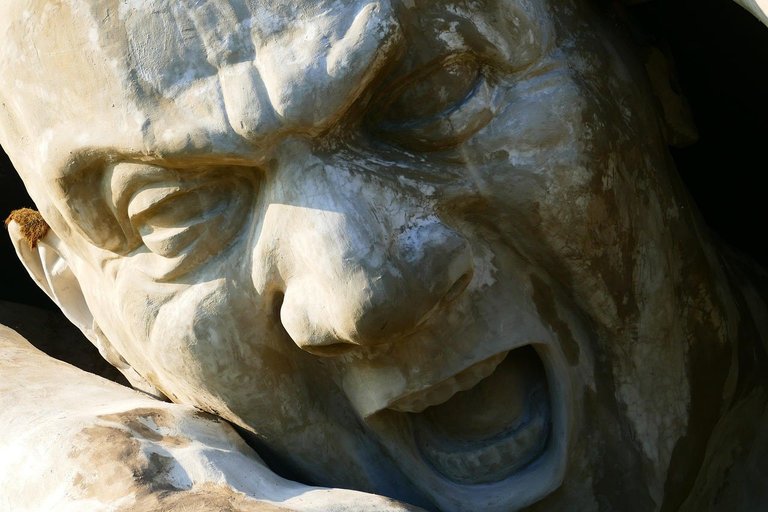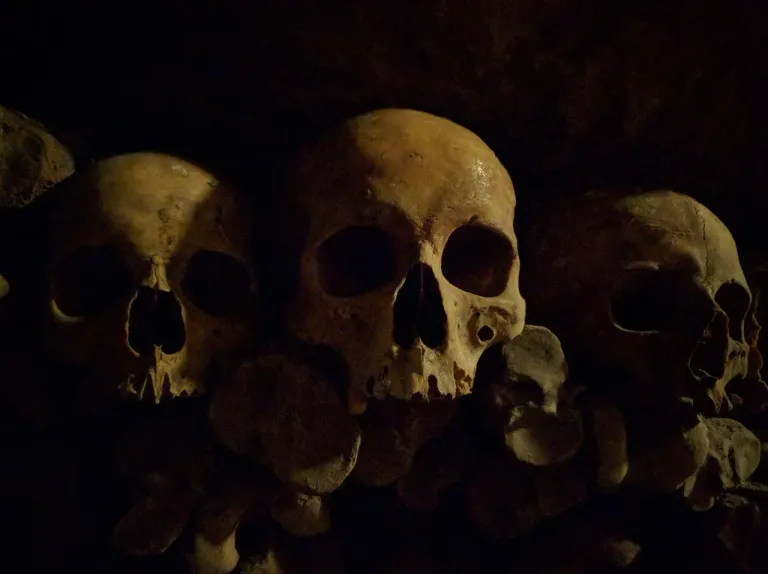The Giants of New Mexico: A Forgotten Discovery from 1902

New York Times Shows Proof Of Giants
In the spring of 1902, the New York Times published an article that would shackle society and today sound more like the opening of a lost Indiana Jones movie rather than a factual news report. The headline was simple, but it hinted at something enormous, literally: "Skeletons of Enormous Size Humans Found in New Mexico."
This discovery, buried deep in the deserts of the American Southwest, sent ripples through archaeological circles at the time. The report suggested that ancient beings, far taller than any previously known human race, once walked the lands we now call the United States. Somewhere between then and now, the story disappeared. The artifacts vanished. The discovery was forgotten. Or was it buried?
The Discovery: A Find Too Big to Ignore
The 1902 article described an excavation taking place near the city of Las Cruces, in southern New Mexico. According to the report, a group of archaeologists, working alongside the local ranchers, came across a number of gigantic skeletons from an ancient burial mound. These bones were not just large, they were colossal.
The most complete skeleton measured over twelve feet in length. Its skull was said to be nearly three times the size of an ordinary human skull. Teams reported that the jaws alone could easily fit over the head of a grown man. These weren’t the remains of some animals or prehistoric living animals. The bones bore all the traits of a humanoid being. But they were far outside the dimensions of any known race.
According to the report, the burial also contained tools, weapons, and other ornaments, some made of stone, others of a mysterious copper that was not common to the region. These artifacts hinted at a sophisticated culture, now lost to history.
A Pattern of Silence: Forgotten Giants Across America
This was not the first time or the last time such a story appeared in early 20th-century newspapers. Between the mid-1800s and early 1900s, dozens of similar discoveries were reported in newspapers across the country. Giant skeletons were found in mounds in Ohio, caves in Nevada, valleys in Arizona, and bluffs along the Mississippi River.
Most of these finds shared the same similarities:
Skeletons measuring 8 to 14 feet tall
Skulls with double rows of teeth
Unusually long arms and legs
Burial with weapons, tools, and jewelry
Proximity to mounds, cave systems, or sacred Native American sites
The discoveries of these sites were either confiscated by institutions, lost in transport, or simply disappeared without explanation. Was it simply just bad record-keeping? A lack of modern archaeological rigor? Or was there maybe someone who didn't want this truth to come out?
Smithsonian Connection
Many of these giant skeletons were reportedly sent to the Smithsonian Institution, which at the time was actively collecting artifacts from ancient Native American sites across the U.S.
On the one hand, if you look today, no such bones exist in their records. No skeletons over 8 feet tall have ever been found! And there is no evidence of the burial mounds holding these gigantic features? The Smithsonian has gone on record stating it has never possessed such skeletons, and that all reports of giants are based on exaggeration, hoaxes, or misidentification.
Yet internal correspondence from the early 1900s—letters now archived—suggests a different story. Several curators expressed interest in the giant bones. Some even requested their shipment. But no records exist of them arriving.
The Native American Legends
The ancient Native American tribes of the Southwest have long spoken of a race of giant beings who once ruled the land. The Hopi tell of the Palatkwapi, red-haired giants who descended from the sky and taught early humans the arts of agriculture and astronomy.
The Paiutes speak of the Si-Te-Cah, a savage race of red-haired giants who once lived in Nevada’s caves and were eventually driven out or destroyed. The Zuni and Pueblo peoples recall tall, powerful beings who came from the stars and walked among humans.
These stories were told long before the arrival of European settlers. They were passed down as sacred knowledge, not as a metaphor. The question remains. Were these legends based in truth? Could the 1902 discovery in New Mexico be physical proof of these ancient tales?
Skeptics and the Vanishing Bones
Skeptics argue that these “giant skeletons” were nothing more than hoaxes, misidentified mammoth bones, or exaggerated stories written to sell newspapers.
The early 1900s were indeed a time of sensationalism in journalism. But how do we explain the sheer number of these reports? Why do the details match across time, region, and even culture? And if they were hoaxes, why were so many skeletons reportedly handed over to major institutions, only to vanish?
The Bigger Picture: Who Were They?
If the giants were real, who were they? Theories vary: Survivors of a lost civilization long forgotten and gone, or maybe an Atlantean Genetic experiments from an advanced culture of beings from another planet? a hybrid species The Nephilim of Biblical fame, maybe these giants were the final proof of the offspring of gods and humans a A branch of humanity that developed in isolation, with accelerated physical traits?
Some ancient texts, like the Book of Enoch, describe giants roaming the earth, creatures of immense power, born of divine-human unions, eventually wiped out in a cataclysm. Perhaps the bones in New Mexico belonged to such beings.
A Mystery Beyond Time
The discovery of these giant skeletons in New Mexico is more than a footnote in an old newspaper. It’s a crack in the timeline, a clue that suggests our history may be far more complex than we’ve been taught.
Why were these stories forgotten? Where are the bones today? Who were the beings they belonged to? In the desert, beneath centuries of sand and silence, the past still waits to be uncovered.
Posted by Waivio guest: @waivio_cosmicsecrets
